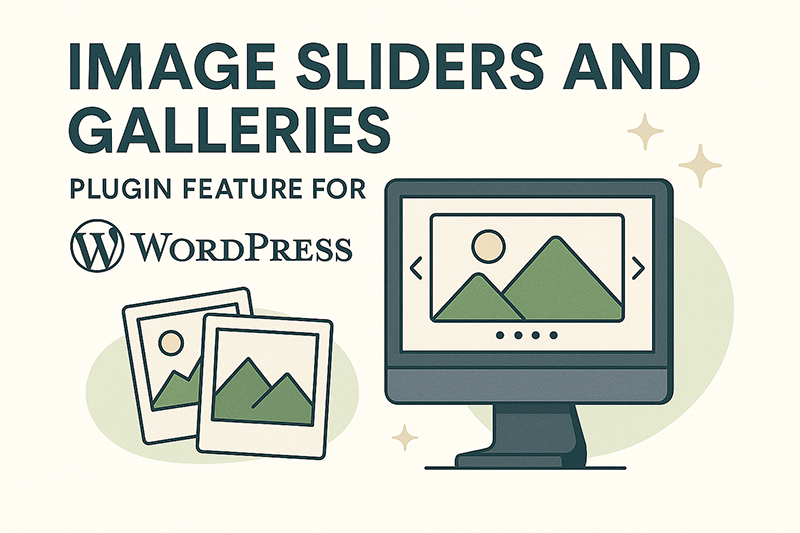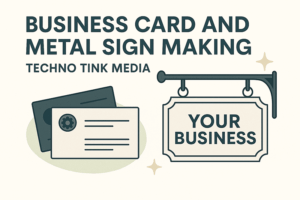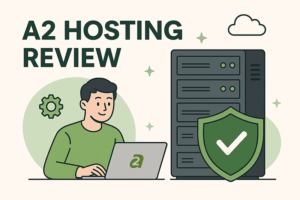Images speak louder than words, especially on today’s WordPress sites. Galleries and sliders pull visitors in, bringing stories, products, and ideas to life with just a few swipes or clicks. This isn’t just about making a page look good; it’s about holding attention and guiding the visitor’s journey through powerful visuals.
With dozens of plugins competing for a spot on your site, choosing the right image slider or gallery tool can make a real difference. The best options do more than impress with animation; they load fast, fit every device, and let you customize every detail without slowing down your site. In this guide, you’ll find the top plugins for 2025 along with what makes each one stand out, so you can create eye-catching galleries that are both beautiful and performance-ready.
Why Image Sliders and Galleries Matter
Images are the first thing visitors notice when they land on a WordPress site. They spark curiosity, break through the noise, and can hold attention longer than text alone. Image sliders and galleries are not just decorative; they help shape the story your website tells, guiding visitors from one idea or offer to the next with ease and intention.
Boosting Visual Appeal and Engagement
A well-designed slider or gallery adds life and movement to your site. People are drawn to images; they process visuals faster than words. A striking slider at the top of a page acts like a billboard, guiding attention while creating an emotional hook. Galleries provide the perfect space to showcase products, portfolios, or key moments, letting visitors explore at their own pace.
- Visual interest: Sliders and galleries keep sites interesting and modern, making your pages feel fresh and current.
- Storytelling: Use a gallery to walk visitors through a brand’s journey or show off customer success stories in a way that words alone can’t match.
- Instant connection: Images can say what text takes paragraphs to explain.
Improving Navigation and Accessibility
Good galleries and sliders make sites easier to use, not harder. When organized well, galleries allow users to find exactly what they want, whether it’s a product, a finished project, or event photos.
- Quick exploration: Visitors can browse multiple options without scrolling endlessly.
- Clear focus: Important images stand out, guiding visitors to take action.
- Mobile-friendly: The best plugins keep images swipe-ready, tap-friendly, and sharp on every device.
Learn more about the balance of visuals and usability in this overview on website image galleries: the good and the bad.
Supporting Trust, Credibility, and Performance
Trust is built with transparency and clarity, and nothing provides that faster than real, high-quality images. Sliders and galleries let you show what matters: product quality, team faces, and authentic experiences. Images do the heavy lifting for building credibility.
- Trust signals: Real photos of products, people, and results improve credibility.
- Professionalism: Clean galleries show you care about quality. Messy ones do the opposite.
- Conversion power: Engaging visuals keep visitors on-site longer, often leading to more clicks or sales. As pointed out in this article, images can help generate more sales and improve the perception of your business: Why Are Images Important on a Website?
SEO and Organic Traffic Benefits
Google likes images too; when they’re optimized. Alt text, captions, and file names help boost discoverability, putting your site in front of new eyes. Relevant sliders and galleries can draw visitors from Google Images or help you show up higher in search results.
- On-page engagement: Search engines notice when visitors interact and stay engaged with your gallery or slider.
- Extra exposure: Well-tagged galleries appear in image searches, bringing in targeted traffic.
Smart use of image sliders and galleries is more than a design trend; it’s a way to make your WordPress site both beautiful and useful. Pair strong visuals with seamless navigation, and you’ll keep visitors coming back for more.
Key Features to Look For in WordPress Slider Plugins
Choosing the right WordPress slider plugin can feel like picking the perfect frame for a painting. You want your images to shine, but you also need everything to work smoothly behind the scenes. The details matter; usability, speed, and flexibility can set one option apart from the rest. Here’s what deserves your attention when picking a plugin to display your images or galleries.
User-Friendly Editor and Controls
A simple, visual editor saves time and avoids frustration. The best slider plugins use drag-and-drop builders with real-time visual feedback, so arranging images feels natural and quick. This kind of user-centered design means less messing around with settings and more time making your site look great.
- Drag-and-drop slides for instant layout changes
- In-line text editing so you see results as you type
- Preview modes to check your slider’s appearance before publishing
If you want to see which plugins stand out for usability, this review on WordPress slider plugins highlights some top choices.
Responsive Design and Mobile Optimization
A modern slider must look sharp and respond fast on every device. Your images should shine on laptops, tablets, and phones without cutting off faces or hiding captions. Good plugins automatically resize and adjust layouts to stay clear and reachable.
Key mobile-ready options to seek out:
- Touch and swipe support for easy navigation on phones
- Fluid image scaling to avoid pixelation or cropping
- Settings to control slider height, width, and alignment per device
Lightweight Performance and Fast Loading
No one waits for slow sliders. Plugins should load quickly, keeping your site light and zippy. Look for tools that optimize image files, offer lazy loading, and avoid bloated scripts that slow down the rest of the page.
Top performance features:
- Lazy loading to only show images when needed
- Image compression without losing quality
- Asynchronous script loading
More details about performance-focused plugins can be found in this comprehensive roundup.
Customization and Design Flexibility
You want control over how your slider looks and moves. Good plugins let you fine-tune everything, from animation style to navigation arrow color to caption layouts. It’s about matching your brand and keeping your design voice clear.
Customization features to consider:
- Multiple transition effects (fade, slide, zoom)
- Editable navigation elements (arrows, dots, thumbnails)
- Custom fonts, colors, and overlays
- Support for video, HTML, or block content inside slides
Plugins with add-ons or visual styling panels go even further, letting you get creative without touching code. For plugins that excel here, check out the best WordPress slider plugins list.
SEO and Accessibility Options
Sliders should help, not hurt, your search visibility. A great plugin includes features like alt text fields, schema markup, and accessible controls so everyone, search engines, and humans can engage with your images.
Features for better SEO and usability:
- Editable image alt tags for every slide
- Keyboard navigation support
- ARIA labels and proper HTML markup for screen readers
- Caption and description fields for extra context
Advanced Features for Power Users
If you want to get fancy, look for plugins with advanced capabilities. This can include parallax effects, full-screen modes, deep linking options, and integration with third-party galleries or e-commerce plugins.
Some options that often set advanced plugins apart:
- Dynamic content support (show images from posts, products, or custom feeds)
- Conditional display logic (choose which sliders appear on which pages)
- Built-in analytics or conversion tracking
- Developers’ hooks for deeper tweaks
The right slider plugin makes images pop and supports your creative process, without getting in your way. As you sort through choices, keeping these features front and center helps ensure your site is both beautiful and easy to use.
There are a variety of Slider apps and plugins available for use with your WordPress installation/site. Here are a few we’ve been working with.
- Gutenberg Slider: Gutenslider. This image and video slider plugin is designed for WordPress, implementing an easy-to-use Gutenberg slider block in your editor. Easy to add images and content. Install, activate, add the block from the backend, select images from the media library, add any block you like on top, customize, and slide. Unlimited slides, change transition from fade – slide- or flip, block alignments of wide or full, content alignment of top – center- bottom – left – or right, fixed content or changing content, slides to show as auto or 1, arrows on/off, arrow size, 3 arrow colors, dots on/off, dots size, 3 dot colors, spacing top/bottom or left/right, margin-top/bottom or left/right, automatic captions, full-screen slider, easy to use, hyperlink slides, simple light gallery integration, webp support, hash navigation, customer CSS available. The pro version allows videos to be added, parallax sliders, 5 transition modes of fade – slide – flip – overflow – cube – cards, transition time, time of a slide, color overlays, gradient overlays, space between slides, bulk editing, arrow color, advanced arrow styles, advance progress, advanced light gallery, dots style, advanced responsive controls, slides to show either auto or max of 8, advanced hash navigation, etc. Requires WordPress version 5 or higher. https://gutenslider.org/ We rate this 3.5 out of 5. Hard to control image display size.




